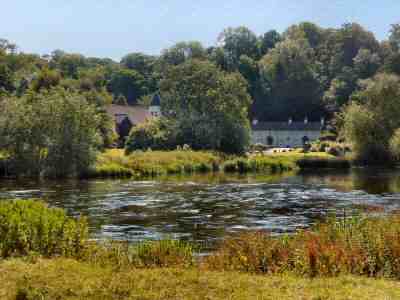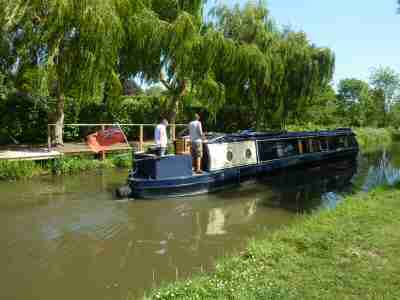WESTON-ON-TRENT
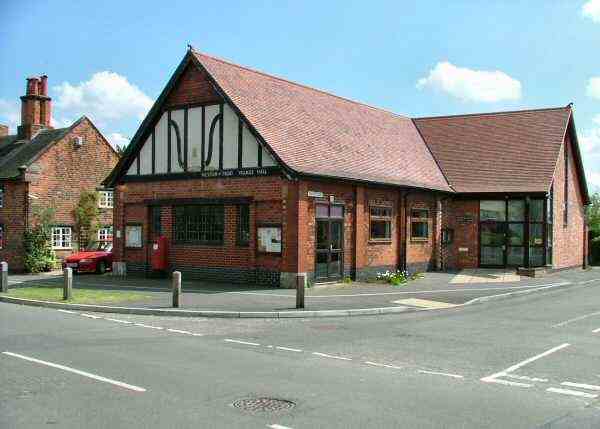
INFORMATION
Where is it? – Weston-on-Trent is a short distance to the west (SK404280).
What to do? – No visit to Weston is complete without a walk along the delightful stretch of canal from Weston Lock to The Cliff. Returning past the Ukrainian Country Social Club and the 13th century Church of St Mary; spend time exploring the village; take a look at the fishing lake and Coopers Arms.
Where to eat? – Weston Hall, now Coopers Arms is a much-visited award-winning public house and restaurant, with a 35-peg fishing lake at the front, which is a popular spot for local fishermen; the Malt Shovel, recently refurbished and now known as The Malt and the White Hart Inn are both situated in the centre of Aston-on-Trent and well worth a visit.
Other places to visit
Enjoy a visit to Melbourne a fascinating little town with a wealth of historic buildings. A famous country house with formal gardens, and one of the finest Norman churches in the country. A lovely 20-acre pool where you can feed the ducks, or just rest awhile and admire the scenery. Melbourne Hall once the home of Victorian Prime Minister, William Lamb is open on a limited basis, the gardens on a more regular basis. For full opening details please ring 01332 862502 or visit the website – www.melbournehall.com; Elvaston Castle Country Park is set in 200 acres of parkland with an ornamental lake, extensive gardens, stony grottoes, rock archways and other interesting features. The park is open daily.
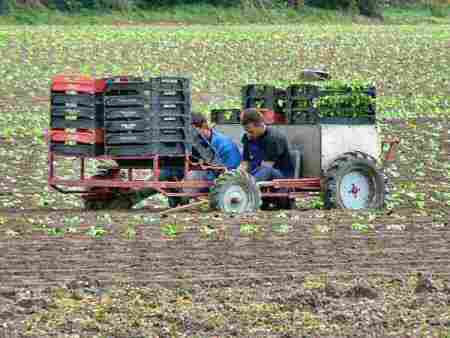

PROFILE
Weston on Trent, seven miles southeast of Derby is a fairly small village. It stands only a short distance from the river which gave it its name. The Trent has been navigable from the Humber to Nottingham from the earliest times. Boats could continue upstream as far as Kings Mill at Weston. When there was a sufficient depth of water to enable them to be hauled over the shallows. Today the river crossing is gone but evidence of the ferry remains. There is a clear view at this point of the ancient public house at King’s Mill. It was, however, the Trent and Mersey Canal that had the greatest influence on Weston’s growth.
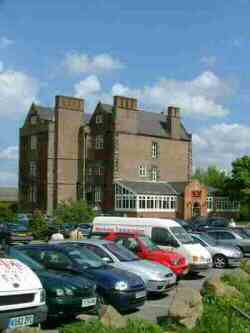
Fertile soil
The area around Weston-on-Trent has been inhabited for centuries; on the southeast side, the remains of an Iron Age settlement have been found. Early settlers were attracted by the fertile soil. In the 17th century, the land around Weston was described by historian Philip Kinder as the ‘granary of Derbyshire’. Domesday Book refers to Weston having – ten carucates of land (the amount of tillable land) and the availability of a ferry boat, all of which stress the importance of the place. At that time Weston was the chief manor of the estate including Aston, Shardlow and Wilne. Now Aston is the larger and busier of the two villages.
Industry
The rapid expansion of industry in the second part of the 18th century required an improved and inexpensive transportation system if it was to be sustained. Much of the development was inland so the coastal route was usually out of the question. Rivers often obstructed by weirs, fish pools and inconsistent water levels rarely could be used for long-distance haulage. Roads had been improved by the growth of turnpikes but were unsuitable for moving large volumes of goods. Packhorses were still relied on in Derbyshire to transport goods – slowly and laboriously. The time was ripe for a new form of effective transportation of heavy goods.
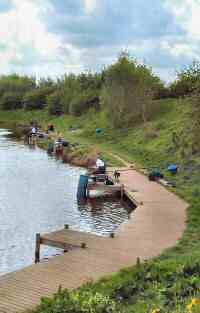
Canals
A solution to the transportation problem came as a result of the Derbyshire-born genius, James Brindley. He could not read or write properly but had a brilliant brain. Brindley astounded other engineers who laughed at his ultimately successful proposal. To find an economical way of transporting coal from the Duke of Bridgewater’s estate at Worsley to Manchester. He did this by building an aqueduct over the River Irwell. It stood on three great stone arches, 17 feet up, with a towpath alongside the canal for the horses to pull the boats the 900 yards to the other side of the river. Brindley’s inventions continued and his most celebrated enterprise was the Trent and Mersey Canal, known as the Grand Trunk. It connected canal systems throughout the country.
After the opening of the canal in the 1770s, most waterborne traffic went along the Trent and Mersey Canal. Plaster was taken from the plaster pits at the neighbouring village of Aston. Alabaster from Chellaston and building stone from the local quarry. Nowadays the canal is a venue for fishermen and holidaymakers rather than workers.
Weston Cliff
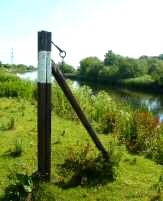
Weston Cliff has always been a favourite spot for anglers, artists and photographers, around which the canal curves on a narrow terrace. The old Cliff Inn, a former waterman’s tavern, is now a well-appointed Social Club for the use of Ukrainians and their friends. Sometime after the Second World War, a Ukrainian enclave was set up on the former military depot that stands nearby, which the Ukrainians still use.
No visit to Weston is complete without a walk along the delightful stretch of canal from Weston Lock to The Cliff. Like both the lock and bridge, the canal milepost at Weston Cliff is listed for protection.
Church of St Mary
The 13th-century Church of St Mary, sited near the canal at Weston Cliff, has two soldiers buried in the churchyard. They were killed in battle at King’s Mill during the Civil War of 1642 only a short distance away on the other side of the river. The church has an impressive interior for a church of its size and contains a 17th-century monument commemorating Sir Richard Sale, prebendary of Lichfield Cathedral and a rector at Weston. The Victorian Rectory that stands alongside is currently in private ownership.
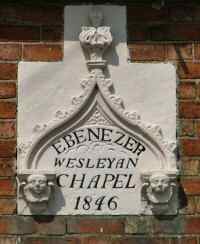
Coopers Arms
Weston Hall, now Coopers Arms is a popular public house and restaurant. It is a large five-storey Tudor brick building which at one time was moated. The house started in 1633 by Anthony Roper was never completed because he ran out of money. Had it been it would have been Derbyshire’s largest brick house. During the First World War, an escaped German prisoner hid there briefly before eventually making his way back to his homeland. At the front is a 1.5-acre lake which is well-used by local fishermen.
Village Green
On the triangular Village Green a Spanish Oak and two flowering cherry trees were planted in 1935, to commemorate the jubilee of King George V. At the western end of the village, near the railway line, is the school, village hall and an attractive mid-Victorian Wesleyan Chapel. Off Park Lane is Rectory Farm, a fine old half-timbered house, now a private house.
